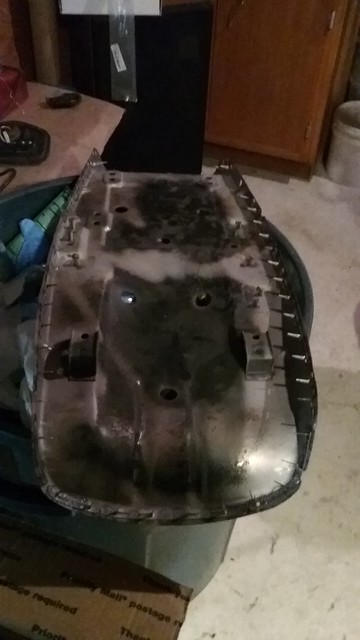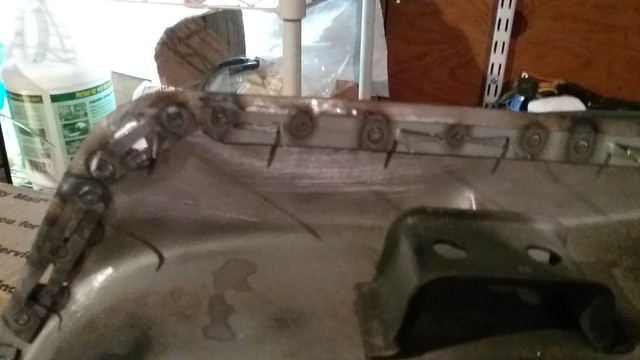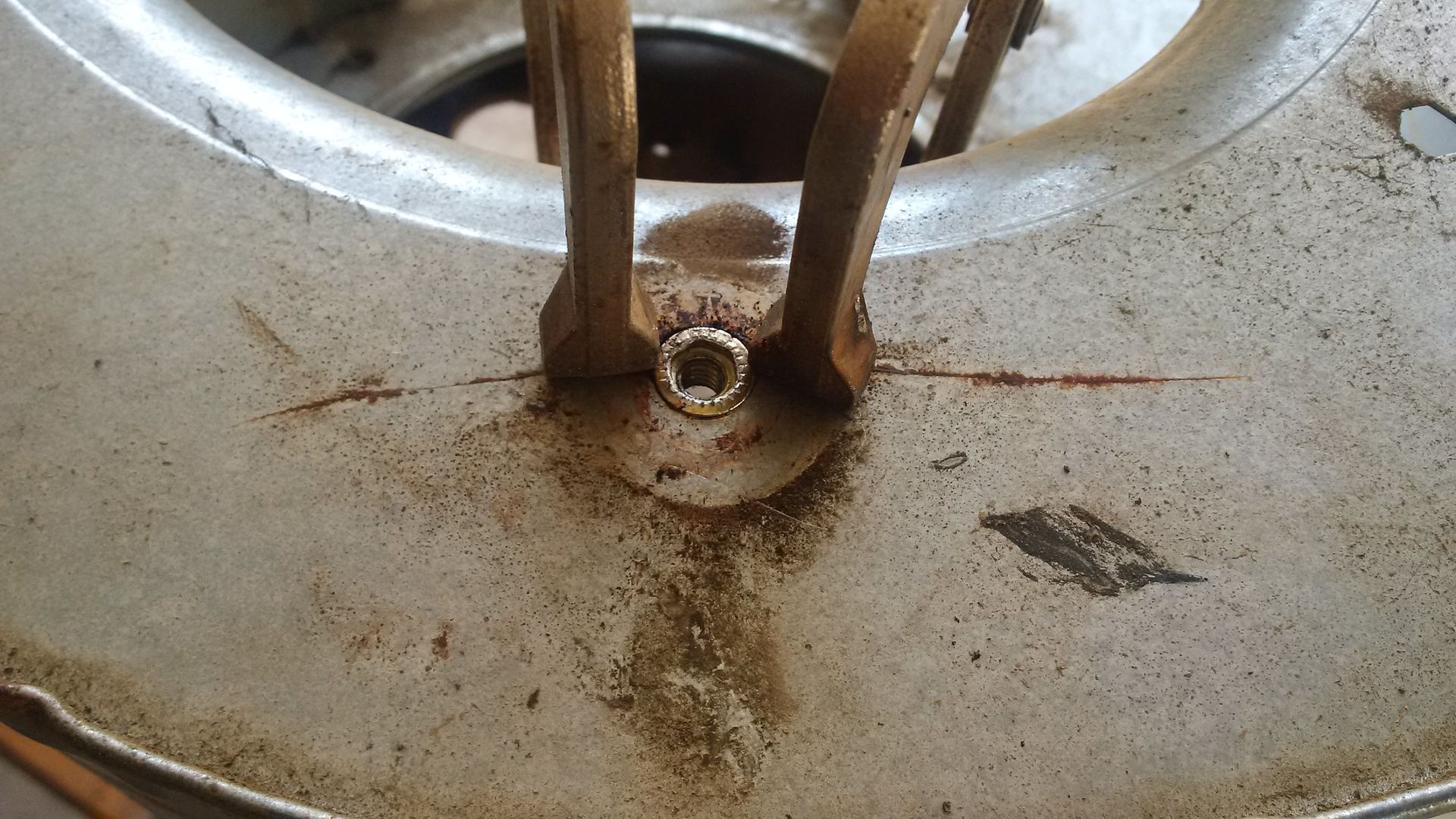I finally bit the bullet and bought a welder. This one --->https://www.harborfreight.com/flux-1...der-63583.html
After needing a crack in my frame welded and some brackets welded on to the frame, and paying and waiting for someone else to do it... I decided that if I needed anything else welded during the course of my rebuild, I was gonna buy a welder and learn to do it myself.
Got to the seat pan, and most of the hooks for the cover were rusted and trash. Got some upholstery tack strips and the welder and set to reading up then practicing.
After a few welds where I was able to just pull them right apart, I got a couple of strong (if ugly) welds on some stainless steel brackets I had lying around.
 20180626_211621 by samL9, on Flickr
20180626_211621 by samL9, on Flickr 20180626_213327 by samL9, on Flickr
20180626_213327 by samL9, on FlickrI damn near broke my hand trying to break the welds, so not bad for a first trial run...

Moved on to practicing with some thinner metal...more like the seat pan and strips. Either they don't hold or I burn right through.

After some more googling, reading and watching youtube vids, I realized that Max or Min being the only heat/current settings on the cheapo Harbor Freight unit I got is the issue...
I'm getting close to finding the sweet spot between not holding it long enough to get penetration, and holding it too long and burning right through the metal (while working with the limitations of the settings available on the welder I got).
Not quite brave enough to try it on my actual seat pan just yet though...









Comment